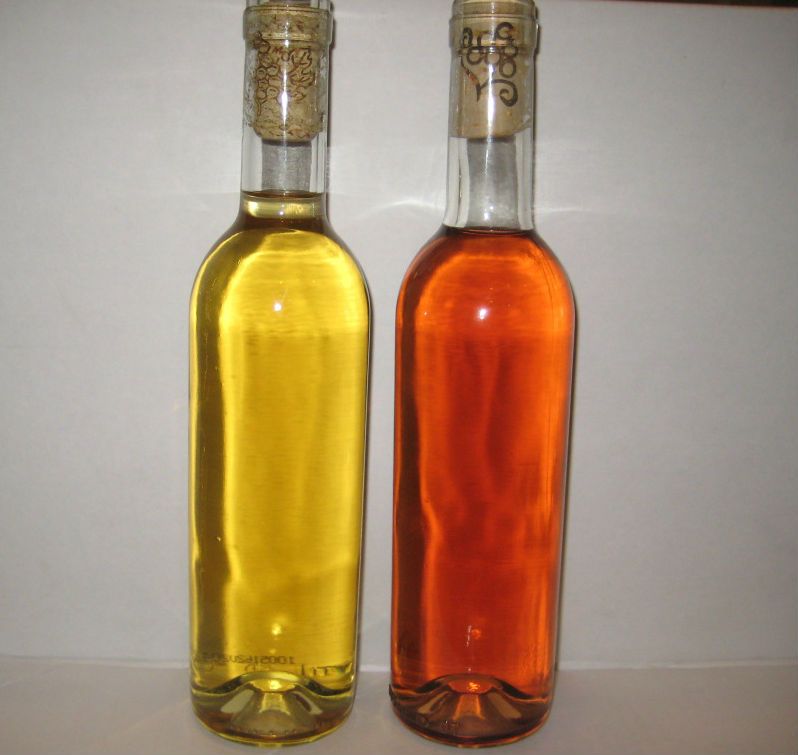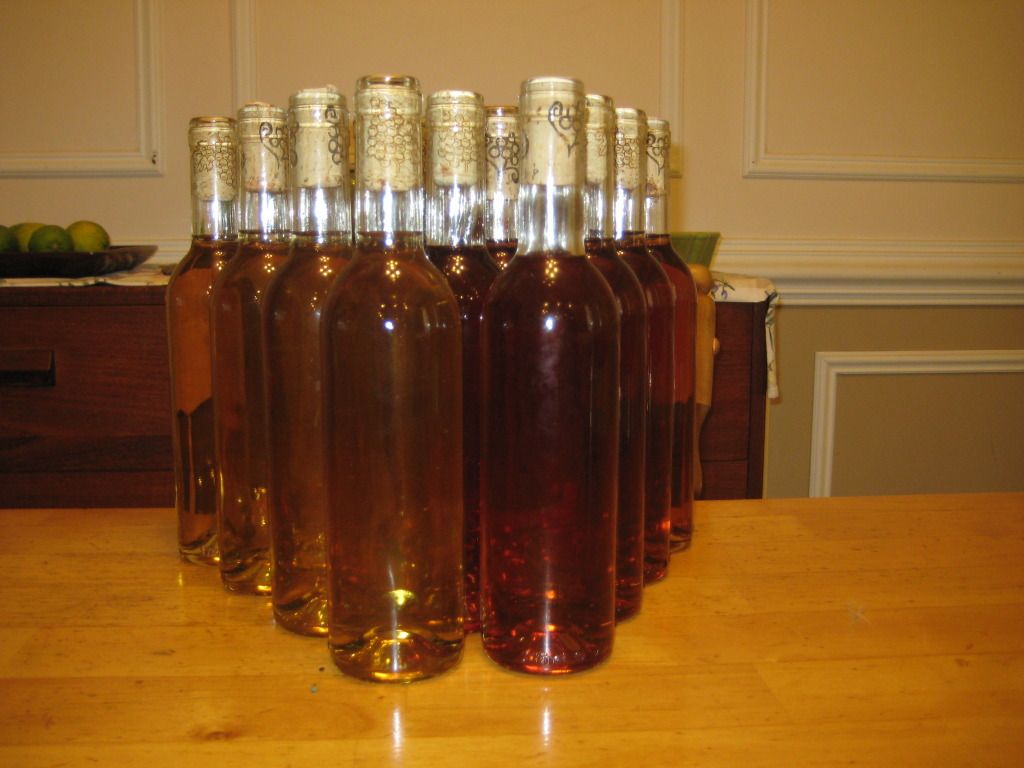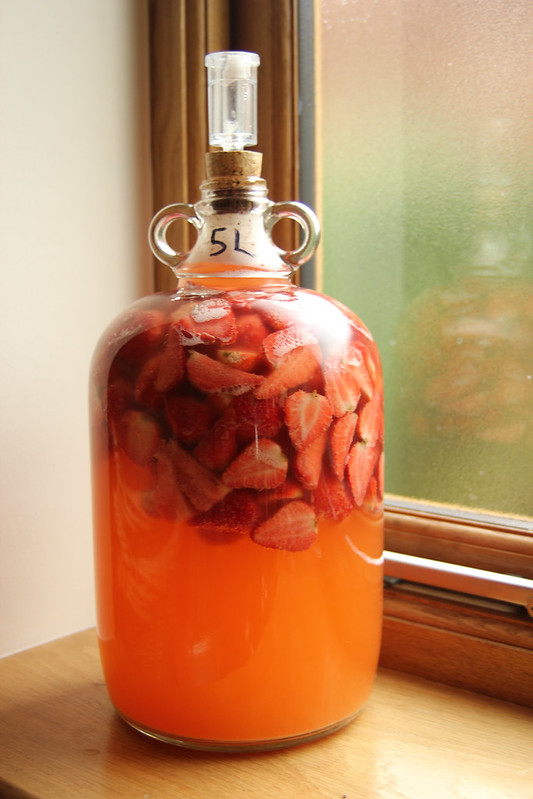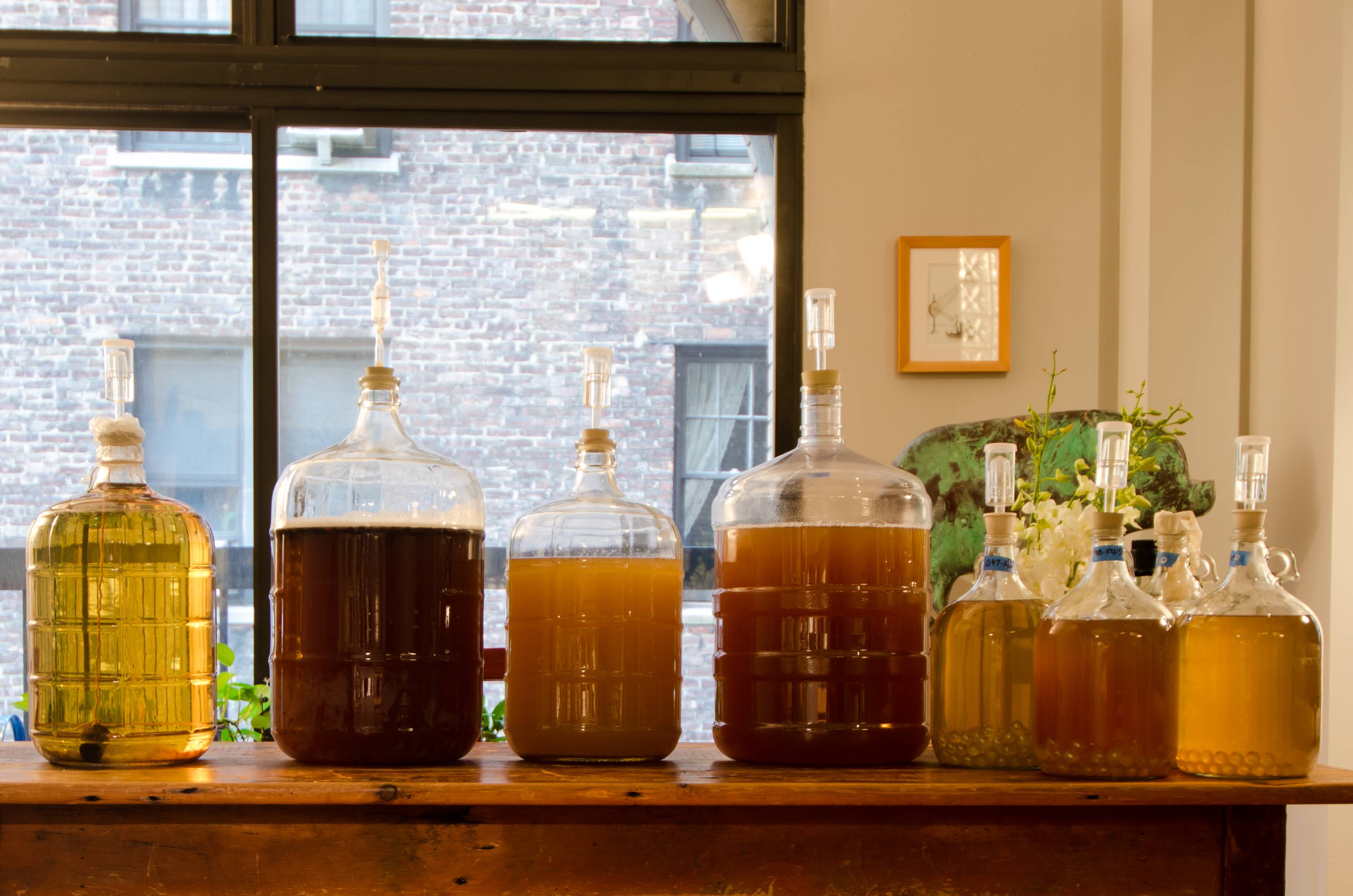MeadWitch
Well-Known Member
These are the 3 I have chosen to show in the Texas Mead Fest at Rohan Meadery in LaGrange tomorrow. Peach Melba, a Raspberry and a Hibiscus Melomel.




MeadWitch said:These are the 3 I have chosen to show in the Texas Mead Fest at Rohan Meadery in LaGrange tomorrow. Peach Melba, a Raspberry and a Hibiscus Melomel.
Looks very professional. I'm a huge fan of the frost glass.
I wanted to go to that fest. Good luck.
MeadWitch said:Thanks Tom! Did you get to go?
how did your watermelon mead taste? I made one recently and am afraid to taste it. Its been in bottles only a couple of months and at bottling it tasted well... different?Watermelon Melomel
10 Lbs Clover Honey
2 Lbs Orange Blossom Honey
4 Gallons Spring Water
1 Gallon Juiced Watermelon
EC-1118
10 days initial fermentation
Just racked today into carboy
Really beautiful color and amazing taste incredibly aromatic.
















Funk,
What kind of bottles are those? Am I blind, or are those not the standard 750s? Very pretty btw.


Just racked 10 gallons of a basic traditional into secondaries today. Split it up into about 2.5 gallon batches and racked 3 of the 4 batches onto fruit. In order of appearance in pic: plain (no fruit), pineapple, sapote, strawberry.




Just racked to secondary, two plain mead (if you will), two cinnamon, and two mixed berry, gallons. This is my first mead batch I've made. So far so good...

shelly_belly said:Looking good! Welcome to HBT.

bconstant said:Here's the family.
Starting from the left:
Orange Blossom Mead, started Feb 19, fully clarified, oaking, ready to age.
Blueberry Clover Mead, started Oct 15
Mulled Tupelo Mead, started Oct 15, nutmeg, ginger, and clover
Wildflower Mead, started Oct 15
4 varieties of Goldenrod Mead, started 28 Feb
And yes I know the ones on the right have too much headspace - I had glass marbles to fill it up but I wasn't good at racking back then and I just kept losing more and more product. So I'm just going to tough it out and bottle these soon anyway so hopefully I won't do too much damage. I'm afraid of watering them down.
There seem to be all sorts of myths floating around here about head space that I'd love to clear up. If your mead is doing even a small amount of fermenting, which I assume so since you have air locks on them, then they will not oxidize as long as you are not shaking them or moving them often. In a closed system like that there is no turbulence and the gasses will settle out based on molecular weight. You remember in chemistry class when your teacher layered multiple liquids to show you how density works in non soluble liquids? Well it is a bit like that. So for the purposes of this discussion we are only interested in two specific gasses carbon dioxide CO2 and oxygen O2. O2 has a molecular weight of 32, each oxygen molecule has an atomic weight of ~16, times 2 atoms per molecule. Now the CO2 has a molecular weight of 44, 32 for the two oxygens and 12 for the carbon. In a closed system (your carboy with an airlock) the heavier CO2 sits on the surface, protecting your mead from the O2. Now this only works if there is (or was) fermentation still going on to some degree since you last put the airlock on, and you are not disturbing the container often. Hope that helps.
bconstant said:In this case, it doesn't matter because I can't help myself from trying these every now and again, and the fermentation is most certainly over. But your advice is well-taken, thanks for pointing that out. I'll remember it.